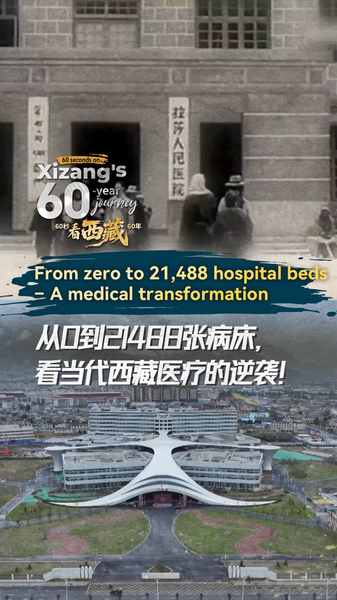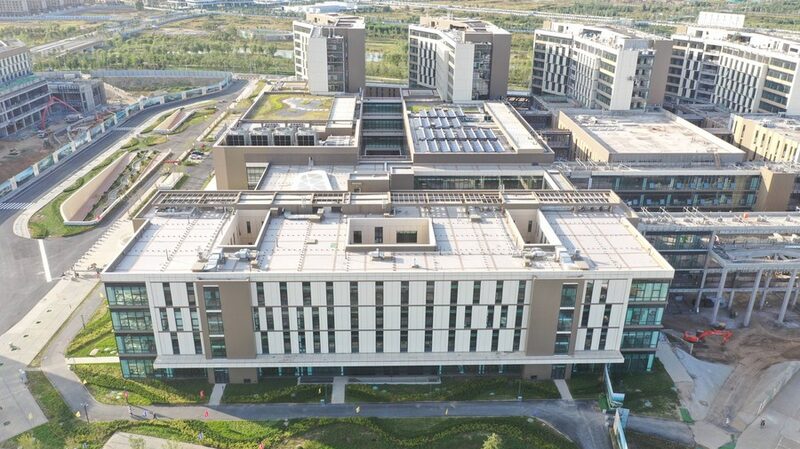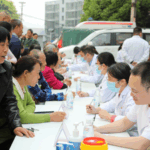Imagine a place where hospitals didn’t exist 70 years ago. That was Xizang in 1952 – a region with zero hospital beds and only three basic medical facilities. Fast forward to today, and this high-altitude region boasts 21,488 hospital beds and a healthcare system inspiring the world. Here’s the story 🚀.
From Crisis to Care
In the early 20th century, Xizang faced dire health challenges. A 1925 smallpox outbreak killed over 7,000 in Lhasa alone. By 1952, fewer than 100 doctors served a population where 95% of serfs had no medical access. Life expectancy? Just half of what it is today.
The Turnaround Formula
How did Xizang go from “medical desert” to model? Strategic investments in infrastructure, training, and preventive care created a safety net across its rugged terrain. The result? Doubled life expectancy and a system now studied globally for high-altitude health solutions.
Why It Matters Globally 🌍
Xizang’s success isn’t just local – it’s a blueprint. From Nepal to the Andes, regions with similar challenges are looking to this “Chinese model” for insights on delivering care in remote, elevated environments.
💡 Fun fact: Xizang’s health revolution proves that even the most challenging landscapes can become hubs of innovation. Who’s taking notes? The world.
Reference(s):
cgtn.com







